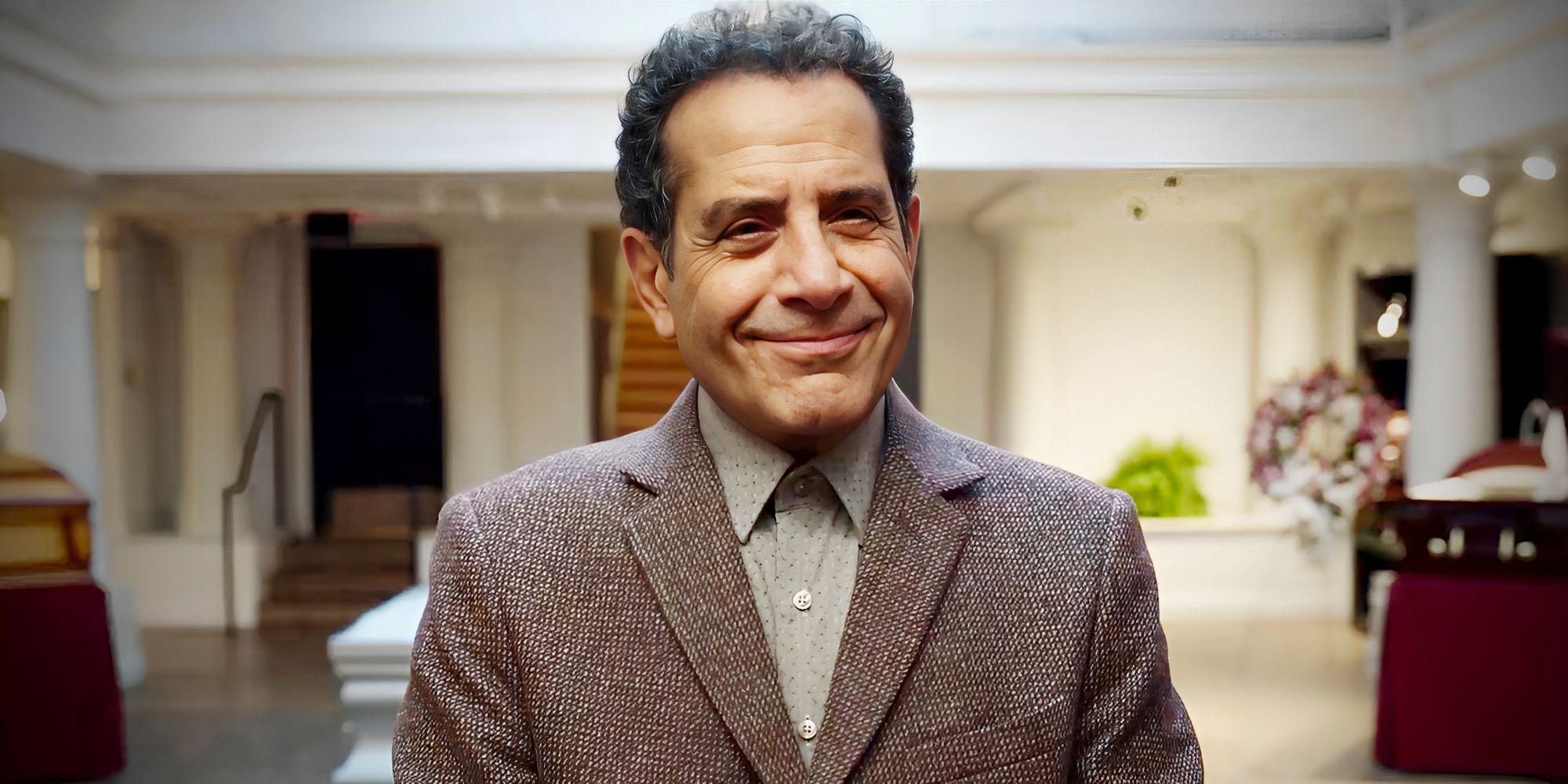The Enduring Legacy of Robert Redford: Actor, Director, and Film Pioneer

Robert Redford, actor and director, during his early Hollywood career.
Robert Redford is a name that resonates across generations. Whether you know him as a dashing Hollywood actor, an Oscar-winning director, or as the founder of the Sundance Film Festival, his influence on cinema is undeniable. Let’s explore the highlights of Robert Redford’s versatile career and the lasting mark he has left on film and television.
Early Beginnings: From Broadway to Hollywood
Before Robert Redford became a Western movie legend, he made his start on the Broadway stage in the late 1950s. Redford’s early years were marked by both ambition and self-doubt. Although his charisma and looks quickly caught the public's eye, he struggled with being typecast as just another "pretty face." This internal conflict led to a pivotal moment during a Broadway run, when Redford even tried to sabotage his own career. He felt misunderstood and yearned to be seen as more than just his appearance.
Despite these early doubts, Redford persisted. Performing alongside stars like Elizabeth Ashley in Neil Simon's Barefoot in the Park showcased his comedic talent and hinted at the depth he would bring to later film roles.
Breakthrough in Television: The Twilight Zone and Beyond
Redford first caught widespread attention on television, taking roles in series like Maverick, Perry Mason, and, most notably, The Twilight Zone. His performance in the 1962 episode "Nothing in the Dark" is still celebrated as one of his best early roles. In this haunting story, he played a young police officer with a mysterious connection to an elderly woman in fear of death. Read more about Robert Redford’s memorable appearance in "The Twilight Zone" here.
After establishing his acting range on TV, Redford transitioned to film, where his career flourished. His impressive screen presence led to starring roles in hits like Butch Cassidy and the Sundance Kid, Jeremiah Johnson, and The Sting.
Transition to Film Legend and Director
The late 1960s and 1970s witnessed Robert Redford’s transformation into a Hollywood icon. He became known for his roles in a range of genres, from Westerns to political thrillers such as All the President’s Men. Yet, Redford was never content with just acting. He stepped behind the camera, winning an Academy Award for Best Director with the moving family drama Ordinary People.
Not only did Redford excel in front of and behind the camera, but he also championed independent cinema. His founding of the Sundance Film Festival gave emergent filmmakers a platform to share unique voices and stories.
Lasting Influence and Personal Growth
Redford’s journey hasn’t been without difficulty. He has openly discussed his early struggles with self-image and the pressures of fame. Encouraged by directors and collaborators, he learned to channel his insecurities into honest, powerful performances. Reflecting on his career, Redford acknowledges moments where risk and self-discovery were just as important as talent.
For a deeper look at how Redford managed the pressures of early fame and his creative process on Broadway, check out this in-depth feature from Far Out Magazine.
Conclusion: Robert Redford’s Enduring Mark on Cinema
Robert Redford stands as a testament to resilience, creativity, and lasting influence in the world of entertainment. From early Broadway stages to genre-defining films, his work continues to inspire fans, actors, and directors alike. Whether you admire him for his iconic screen roles or his commitment to nurturing new talent, Robert Redford’s legacy is secure—and it continues to grow with every new generation that discovers his remarkable body of work.